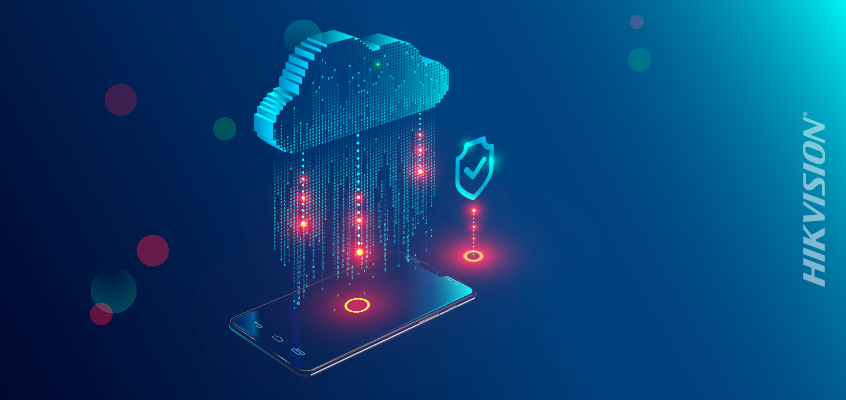Security Magazine Covers Security Concerns and Cyber Trends for 2019

Hikvision on Cyber Threats and Predicted Trends
A recent article by Security magazine outlined several 2019 cybersecurity trends and security concerns, including an increase in IoT attacks, a shift in data privacy laws, and the use of machine learning to identify and respond to threats.
From the article: “Multiple cyberattacks and compromise of personal information of millions of people globally show that the complexity and intensity of cybersecurity attacks are on the rise, and it could have broader political and economic ramifications. As cybercrimes become more lucrative and cybercriminals become smarter, cybersecurity too will have to be intelligence-driven, enabling a swift response to the advanced attacks. As [security] breaches get harder to detect, the stakes for protecting one's organization from cyber threats will get higher this year.”
Predicted trends include:
- Use of machine learning by businesses to process large amount of data and boost cybersecurity efforts, enabling them to identify and respond to cyber threats more quickly. However, cybercriminals may also leverage this tool “to launch sophisticated attacks via AI botnets, better-designed phishing attacks and make it more challenging to identify complex attacks,” according to the article.
- The growth of IoT (Internet of things) devices comes along with an increase in cyberattacks on these devices. From the article: “Due to the lack of any industry-wide framework and standards, IoT security is left to respective vendors and device manufacturers, whose focus is often on the functionality of the device rather than the potential risks and consequences. In the backdrop of emerging threats, regulatory frameworks or guidelines addressing security concerns is the need of the hour.”
- Consumers are seeking better data protection measures following many high-profile security breaches, and government agencies are also seeking solutions. Companies will need to examine and plan for data privacy and protection, and should anticipate more regulation this year.
Click here to read the entire article.
Hikvision Covers Cyber Threats and Predicted Trends
For more about 2019 cyber threats, read the Hikvision blog, “Cyber Experts Weigh In On 2019 Threats, Agree Proactive Approach To Cybersecurity is Best to Reduce Security Concerns.” An excerpt from the blog: “From cyberattacks on major corporations to breaches on vulnerable industrial control systems and the potential weaponization of AI to an exploding IoT universe traversed with threats, cybercriminals are constantly evolving their tactics as the landscape of digital technology expands. Protecting information that is stored in the corporate cloud or carried in the smartphone of employees leaves security professionals in a constant struggle to find mitigation strategies that work.”
Another Hikvision cybersecurity blog outlined cyber threats businesses can address based on Aon’s 2019 Cybersecurity Risk Report. Check it out at this link.
The report outlines eight cyber threats, which include the following:
- IoT devices pose a security concern, and as the number of IoT endpoints increases, the risk of breach is also expected to grow.
- An increase in Internet connectivity to fuel business operations could make it easier for hackers to attack networks.
- Employees pose a risk for security breach. The article recommends “a comprehensive approach to mitigate insider risks, including strong data governance, communicating cybersecurity policies throughout the organization, and implementing effective access and data-protection controls.”
For the entire catalogue of Hikvision cybersecurity articles, visit this link.
